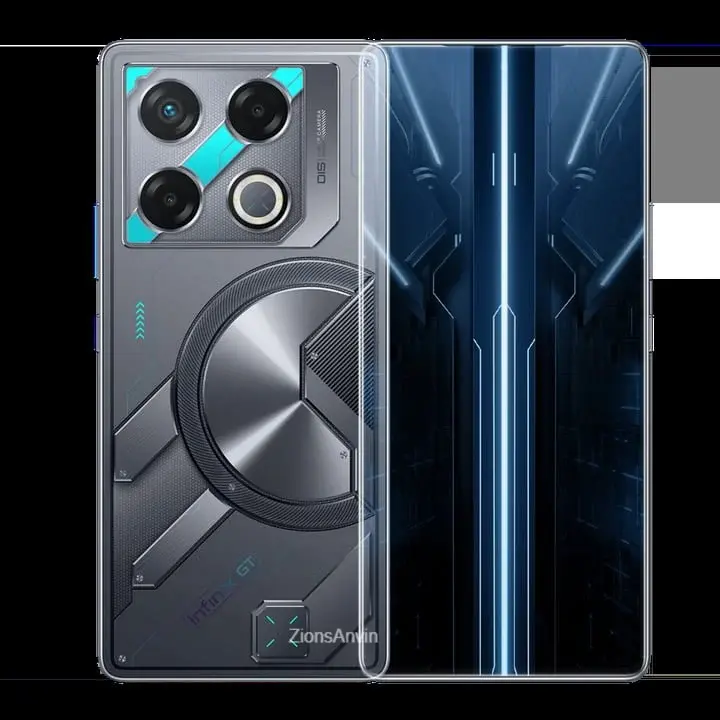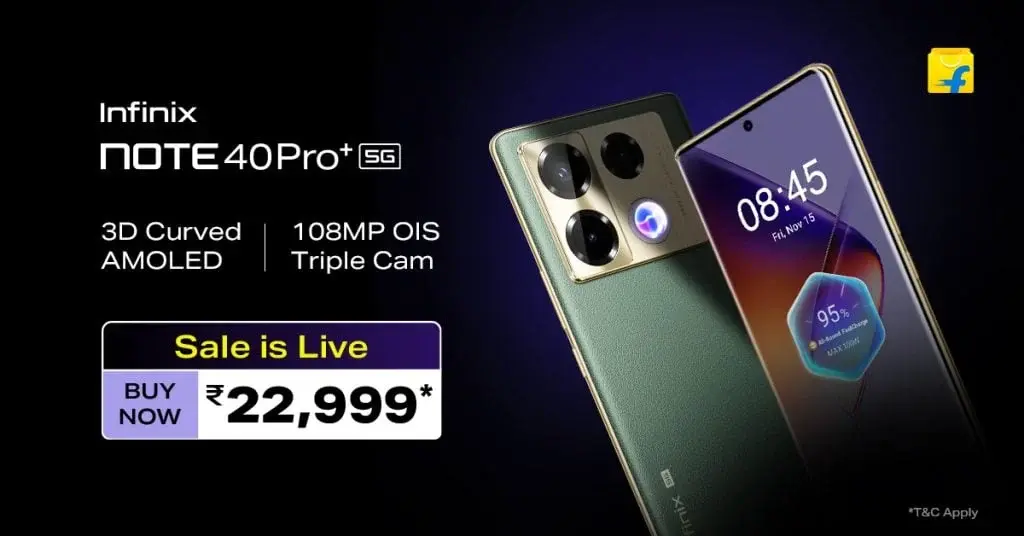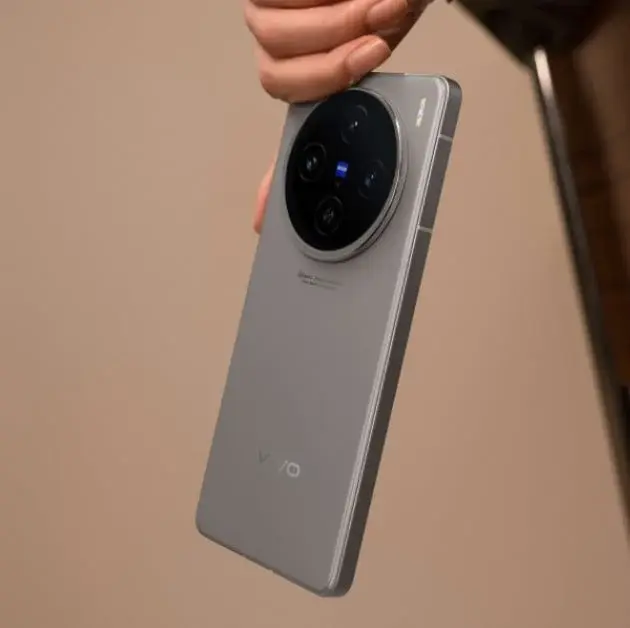Galaxy enthusiasts, particularly those who adore the Galaxy Fold series, must be bubbling with anticipation. According to a recent update from Android Headlines, Samsung is set to launch its inaugural foldable "Ultra" device – the Galaxy Z Fold 6 Ultra. This new addition follows the successful introduction of the "Ultra" range with the Galaxy S series. While detailed specifications for the Z Fold 6 Ultra are currently undisclosed, speculations hint that the standard Z Fold 6 might maintain its familiar triple-camera setup while sporting a slimmer and lighter design. Additionally, there is a possibility of an S Pen slot akin to the S24 Ultra being incorporated.
Samsung’s Unveiling Tradition
Samsung typically reserves the "8" designation for its Ultra devices, and a leaked model number supports this pattern. The leaked model number for the Z Fold 6 Ultra is SM-F958N, deviating from past Fold models which concluded with "6."
Launch Details and Exclusivity
Although the exact release date remains unknown, it is anticipated that the Z Fold 6 Ultra will be revealed alongside the standard Z Fold 6 during the July Galaxy Unpacked event. However, there is a likelihood that the Z Fold 6 Ultra might be exclusive to Korea owing to the limited information on its model number. Meanwhile, the standard Z Fold 6 (SM-F956N) is expected to be available in Korea.
Power and Potential
One confirmed feature of the Z Fold 6 Ultra is its integration of the Snapdragon 8 Gen 3 for Galaxy chipset. Further details differentiating between the Z Fold 6 and Z Fold 6 Ultra are yet to be disclosed. Nonetheless, the future of foldable phones appears to be heading towards an "Ultra" exciting direction!



















